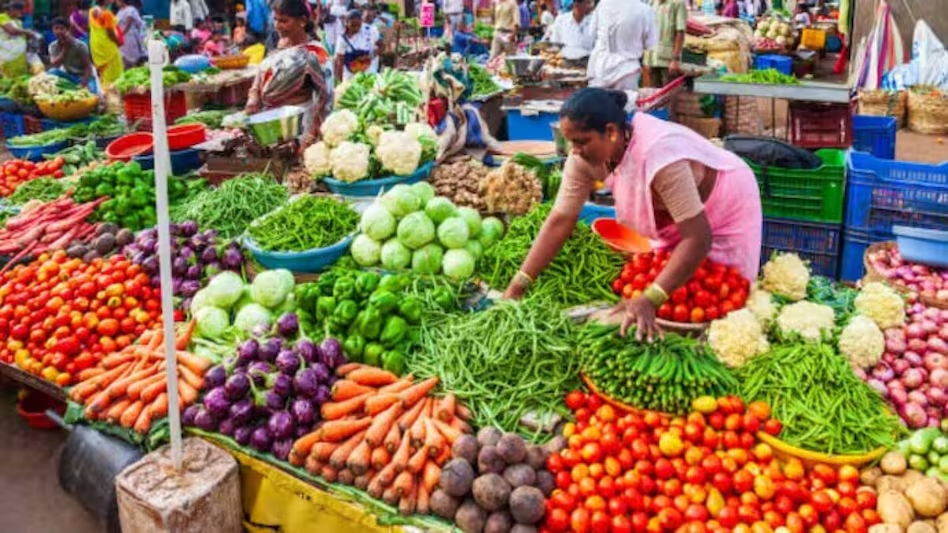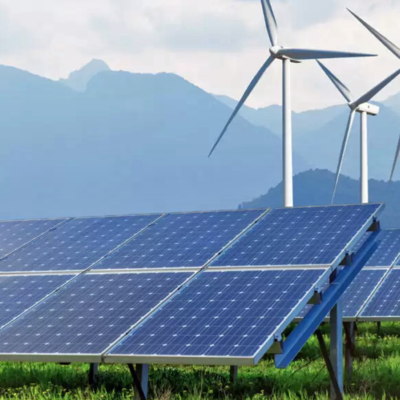Food supply shocks are shaking global markets and are now one of the biggest reasons behind rising food prices. From climate disasters to trade restrictions, sudden disruptions in how food is grown, processed, and delivered are creating shortages. These shortages are pushing up prices, squeezing household budgets, and forcing policymakers to rethink how to manage inflation.
In this article, we explain what food supply shocks are, how they fuel food inflation, what causes them, and what can be done to manage their impact.
What Are Food Supply Shocks?
A food supply shock happens when there is a sudden drop in the availability of food. This can be caused by events like droughts, floods, storms, wars, export bans, labor shortages, or even fuel price spikes. These events disrupt the normal flow of food from farms to tables.
When there is less food available but demand remains the same or increases, prices rise. This is especially true for basic staples like rice, wheat, vegetables, milk, and cooking oil. Because these items are used every day, even a small shortage can have a big impact on consumers.
How Food Supply Shocks Drive Food Inflation
Weather and Climate Disasters
Extreme weather is one of the most common causes of food supply shocks. Droughts can dry out crops and reduce harvests. Floods can wash away fields or damage storage facilities. Heatwaves can shorten the growing season or kill livestock.
In many parts of the world, farmers are now facing repeated climate events that reduce their ability to grow food. This not only lowers local food production but also affects global supply chains. If one country exports less food due to poor harvests, others have to find more expensive alternatives, which raises prices worldwide.
This climate-driven inflation is often called “climateflation.” Studies suggest that if climate change continues at the current pace, food prices could rise more than 30 percent by 2050 in some regions. That kind of increase would put even more people at risk of food insecurity.
Geopolitical Conflicts and Trade Disruptions
Wars and political conflicts can block the flow of food between countries. When ports close or trade routes are disrupted, food supplies can be delayed or stopped altogether. A clear example of this was when the war between Russia and Ukraine affected global wheat and sunflower oil exports. Both countries are major producers of these crops, and their conflict caused prices to spike across the globe.
Trade restrictions like export bans can also cause food supply shocks. When one country stops selling rice or sugar to protect its own population, it creates shortages in other countries that depend on those imports. These actions may help one country temporarily, but they create bigger problems for the global food market.
Rising Input Costs
Modern farming depends heavily on things like fuel, fertilizers, seeds, and animal feed. When the price of any of these inputs goes up, so does the cost of producing food. For example, if fertilizer becomes too expensive, farmers may use less of it, which leads to smaller harvests.
In recent years, fuel prices have fluctuated due to geopolitical tensions and supply chain disruptions. As fuel costs rise, everything from planting to harvesting to shipping becomes more expensive. These extra costs are often passed on to consumers in the form of higher food prices.
Fragile Global Food Systems
Today’s food supply chains are long, global, and often fragile. A single disruption in one country can have effects thousands of miles away. Because many countries rely on food imports, a supply shock in one region can quickly lead to shortages elsewhere.
Food systems that are too centralized or too dependent on a few suppliers are more likely to suffer during crises. If a country imports most of its grain from a single supplier and that supplier faces a drought or a conflict, food prices will likely rise.
In many developing countries, lack of storage, poor infrastructure, and weak market systems make it harder to absorb shocks. In these areas, prices can rise quickly, even from small disruptions.

How Food Supply Shocks Affect Everyday Life
Food supply shocks affect everyone, but they hit low-income households the hardest. For people living paycheck to paycheck, even small increases in food prices mean having to cut back on meals or buy cheaper, less nutritious food. This can lead to poor health, especially in children and elderly people.
In high-income countries, shoppers may notice that certain items are missing from shelves or that grocery bills are higher than usual. In low-income countries, food inflation can become a serious crisis, leading to hunger and even unrest.
Retailers also face problems. When harvests are poor, the cost of stocking shelves increases. Some stores may pass these costs on to shoppers, while others may reduce variety or quality to keep prices stable.
On a broader scale, rising food prices make it harder for governments to control overall inflation. Central banks may delay interest rate cuts or even raise rates again, which can slow down the economy.
What Can Be Done to Manage Food Supply Shocks
Build Resilient Food Systems
Governments can improve food security by investing in infrastructure like storage facilities, irrigation systems, and better roads. These help reduce losses and make it easier to get food where it’s needed, even during disruptions.
Countries can also diversify their food sources. Relying on just a few suppliers for critical foods is risky. Encouraging local production and building regional trade partnerships can reduce dependence on global markets.
Adapt to Climate Change
Climate adaptation in farming is key. This includes using drought-resistant seeds, improving soil health, and practicing water-efficient farming. Early warning systems for floods and droughts can also help farmers prepare and reduce losses.
At the same time, tackling climate change itself is important. Reducing greenhouse gas emissions and protecting ecosystems can lower the chances of future food supply shocks.
Support Farmers and Food Workers
Helping farmers deal with rising input costs can keep food affordable. This might include offering subsidies for fertilizer, fuel, or seeds. Financial support during bad harvest years can also help farmers stay in business and recover more quickly.
Improving working conditions for people involved in food production, transport, and retail can also strengthen the food system and reduce the risk of disruptions.
Help Households Cope with Rising Prices
Governments can offer direct help to low-income families through food stamps, subsidies, or community food programs. Local food banks and urban farming projects also play a role in keeping communities fed during tough times.
Educating people on reducing food waste, buying in-season produce, or switching to more affordable food options can also help families stretch their budgets.
What the Future May Hold
If food supply shocks continue to happen more often, food inflation may remain a long-term challenge. While price spikes may ease temporarily, the underlying causes—climate change, global conflicts, and fragile supply chains—will continue to pose risks.
However, by making smart investments in agriculture, improving food systems, and supporting consumers and farmers alike, it is possible to reduce the impact of future shocks. Building a more resilient and fair food system will not only protect people from hunger but also help stabilize economies during uncertain times.
Conclusion
Food supply shocks are a major reason behind rising food inflation. They can be triggered by extreme weather, conflicts, input cost surges, and weak supply chains. These disruptions affect everyone but are especially hard on vulnerable communities.
Do Follow USA Glory On Instagram
Also Read :Lawmaker Spreads Misleading Republican Approval Poll Claims






